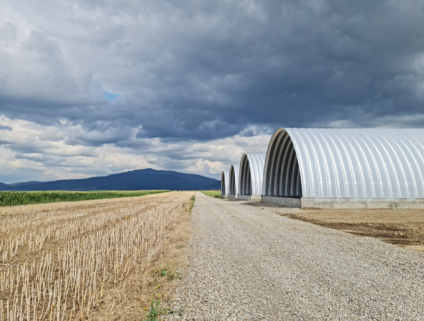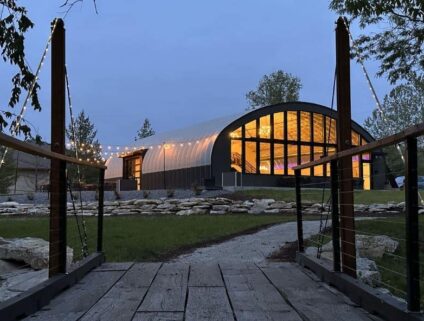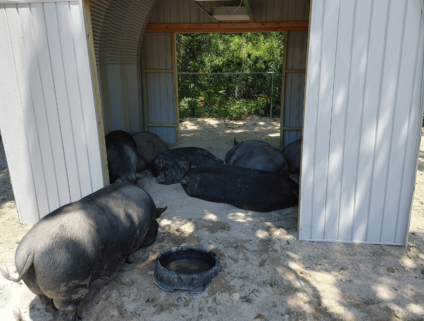Noah Purifoy Builds Metal Quonset Hut Assemblage Art
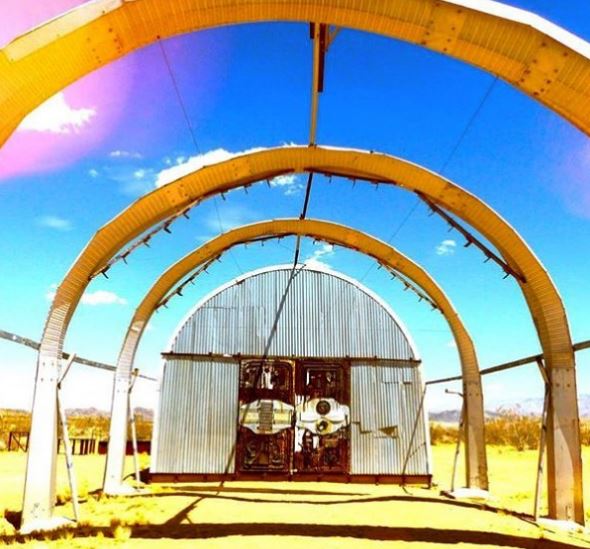
In the summer of 1965, a violent fight that erupted between police and the community transformed one California neighborhood into a combat zone, igniting a fire through the streets fueled by anger and mounting social tensions. The horrific struggle left behind charred debris in alleyways, blood stains on the sidewalks where children once played, mangled cars, smashed storefronts and streets peppered with shattered glass and broken dreams.
This battle left 34 dead and caused over $40 million in property damage in the neighborhood of Watts.
When the embers cooled, Artist Noah Purifoy and Judson Powell gathered the debris from this painful time in history and created 50 works of art that made up the “66 Signs of Neon” exhibition. This was their way of interpreting the violent summer that tore a community apart.
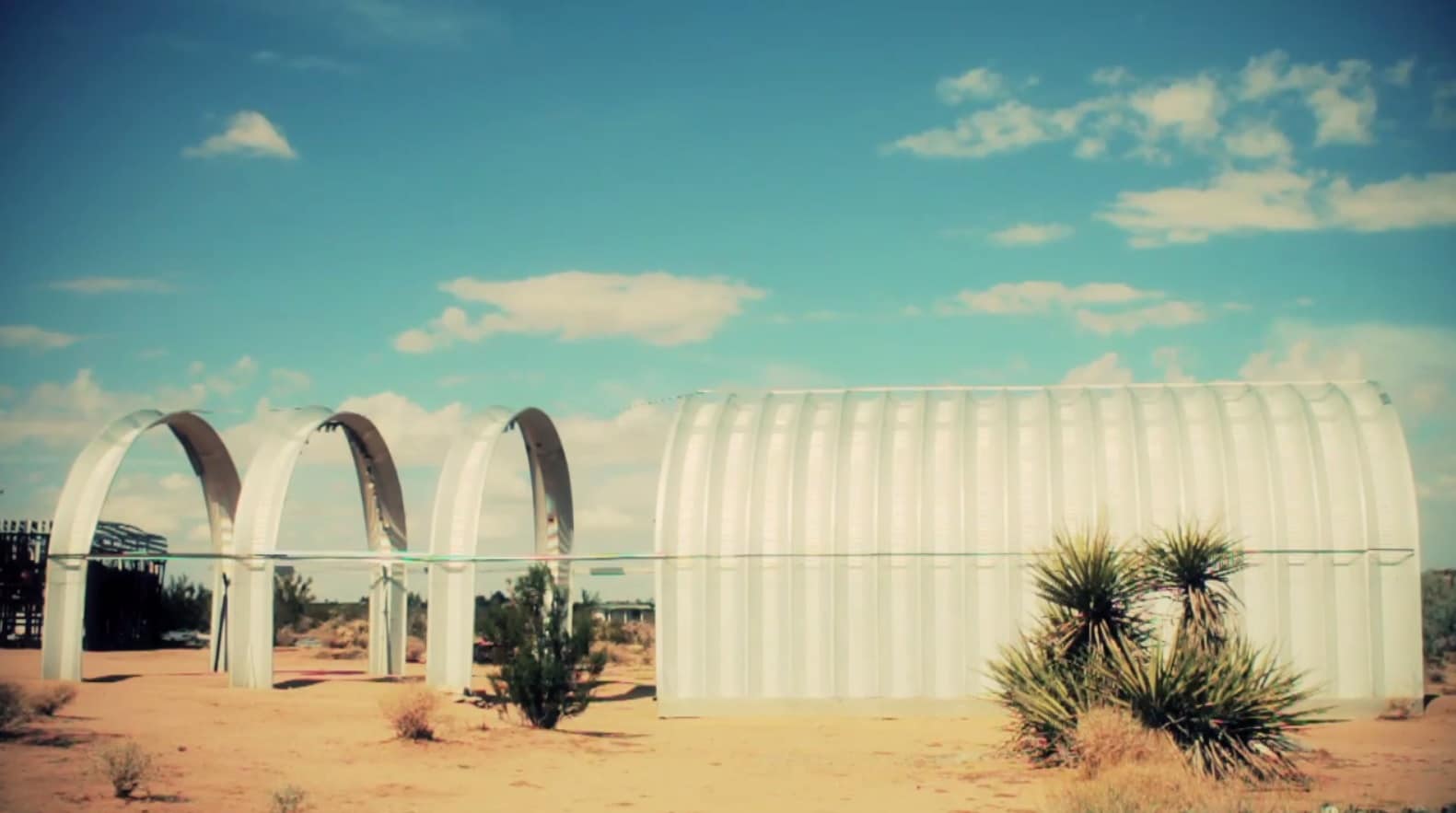 Creating art that is a direct reflection of society’s condition and the heavier aspects of life and mortality is how Purifoy created the now world-famous Desert Art Museum in the Mojave Desert in Joshua Tree. Among his powerful works of art is a structure that is a symbol of another violent time in history as well as his time in the military – a metal Quonset Hut assemblage.
Creating art that is a direct reflection of society’s condition and the heavier aspects of life and mortality is how Purifoy created the now world-famous Desert Art Museum in the Mojave Desert in Joshua Tree. Among his powerful works of art is a structure that is a symbol of another violent time in history as well as his time in the military – a metal Quonset Hut assemblage.
During WWII, Purifoy was stationed in the South Pacific, and one of his jobs was to build Quonset Huts for the military. After he served his county and earned his Masters in social work, he dedicated much of his time helping the disadvantaged. Although he was able to earn a living, this was not Purifoy’s final destination. He combined his love of building things with his passion for art and social change and started to focus more on his creative side.
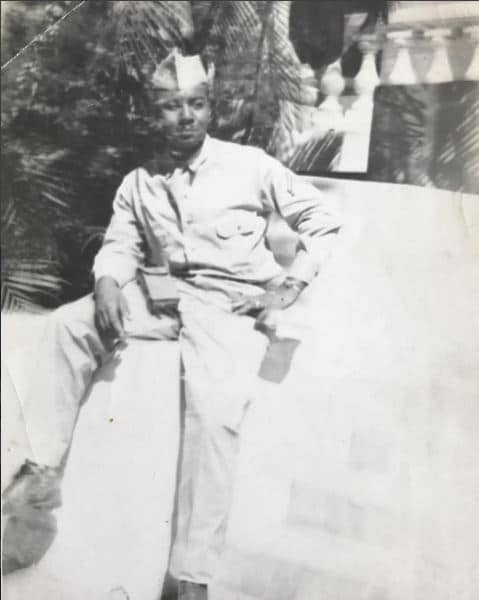 He was the co-founder of the Watts Towers Arts Center and later served on the California Arts Council. It was during this time that Purifoy brought art into the schools and the state prison system.
He was the co-founder of the Watts Towers Arts Center and later served on the California Arts Council. It was during this time that Purifoy brought art into the schools and the state prison system.
Being discontented with my work and the meaning of art, I looked around for something else to do.
Noah Purifoy
After facing some financial difficulties at age 72 and a lack of adequate recognition for his unique works of art, Purifoy moved out to the desert and started to create his own outdoor museum.
With only the empty, unwelcoming desert floor as his canvas, Purifoy spent the next 15 years of his life bringing life to the 10-acre, barren land. He populated the area with more than 120 sculptures all made from found objects. Unlike some other artists, Noah Purifoy worked to create art that meant something different to everyone instead of trying to preserve it. He knew at some point his works would deteriorate in the harsh heat of the desert, but he welcomed decay as an important part of the process.
Among his many sculptures is a collection of rusted chairs, all painted different hues by nature’s paintbrush, sitting in disarray atop a worn wooden pallet supported by four, dust-covered tires. One is flattened and the others are not far from the same fate.
One of his more powerful pieces reflects his time as an adolescent who experienced the painful reality of segregation in America. It’s a portion of a beige, brick wall that displays two signs, one labeled “white” and the other with the word “colored” written on it. Under the white sign is a water fountain, but under the colored one sits a used toilet sitting on a pallet, only supported by one wooden board, which appears as though it’s going to give collapse at any moment.
Three sculptural metal arches lead to the entrance of the steel Quonset Hut filled with some of Purifoy’s flat metal masterpieces. Purifoy created endwalls that are covered with corrugated steel sheets to resemble the original Quonset Huts that he constructed in the 1940s. He collaborated with a local artist who designed a series of bells to hang on the arches. Purifoy commissioned Kit Brooks, another local artist, to help him create the highly detailed rust metal doors that open to Quonset Hut.
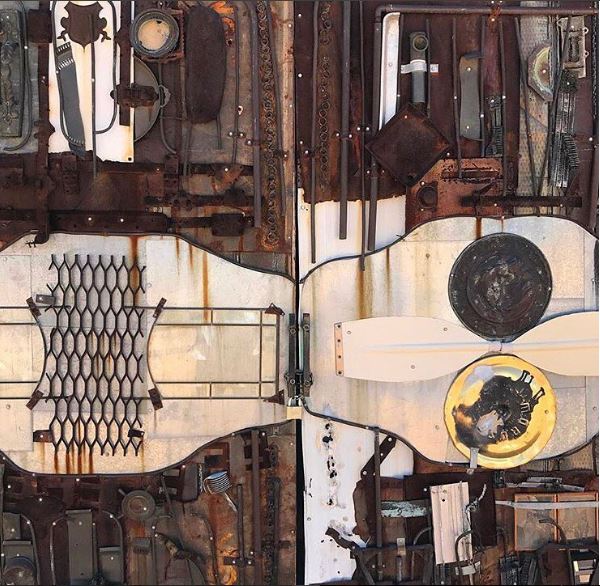 After years of creating art that many simply saw as a collection of junk, people finally recognized the ultimate message that Purifoy was trying to convey in all of his pieces. He believed that art is in everyone and everything, and he wanted folks to pay attention and see it.
After years of creating art that many simply saw as a collection of junk, people finally recognized the ultimate message that Purifoy was trying to convey in all of his pieces. He believed that art is in everyone and everything, and he wanted folks to pay attention and see it.
I say after you’ve seen the works, go home and do today what you could not do yesterday. That’s all inspiration is.
Noah Purifoy
Purifoy finally had the chance to create the environmental art he’d always dreamed of constructing. He continued to work on the museum even after he was wheelchair-bound up until his tragic death in 2004. He died after a fire destroyed his home at the age of 86.
Although with each passing day his art slowly disappears into the sweltering Mojave Desert, Purifoy and his invaluable contributions to the art world will never fade from the canvas of American history.
Categories
Tags


